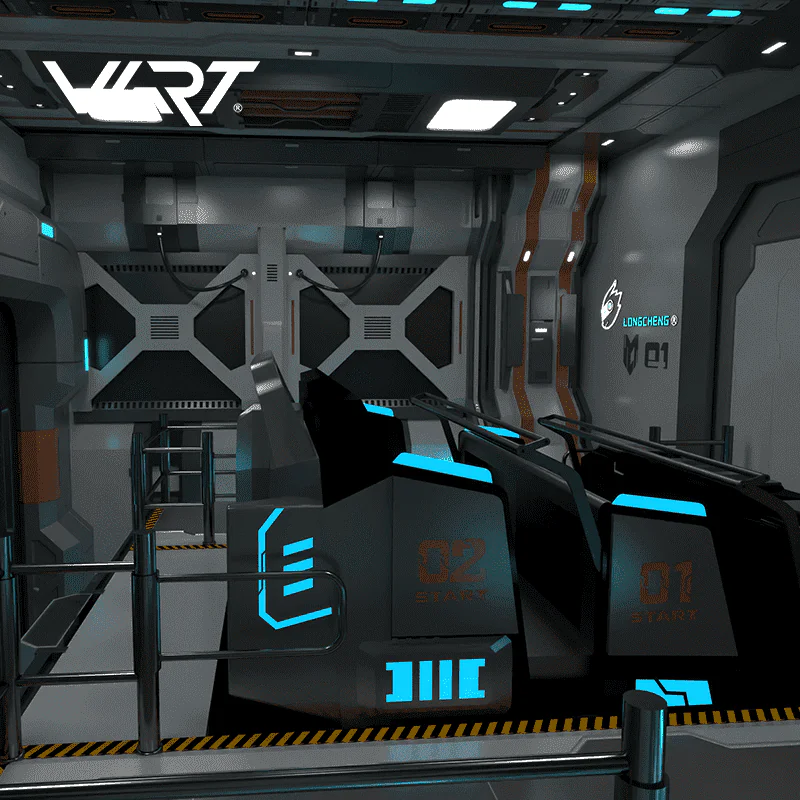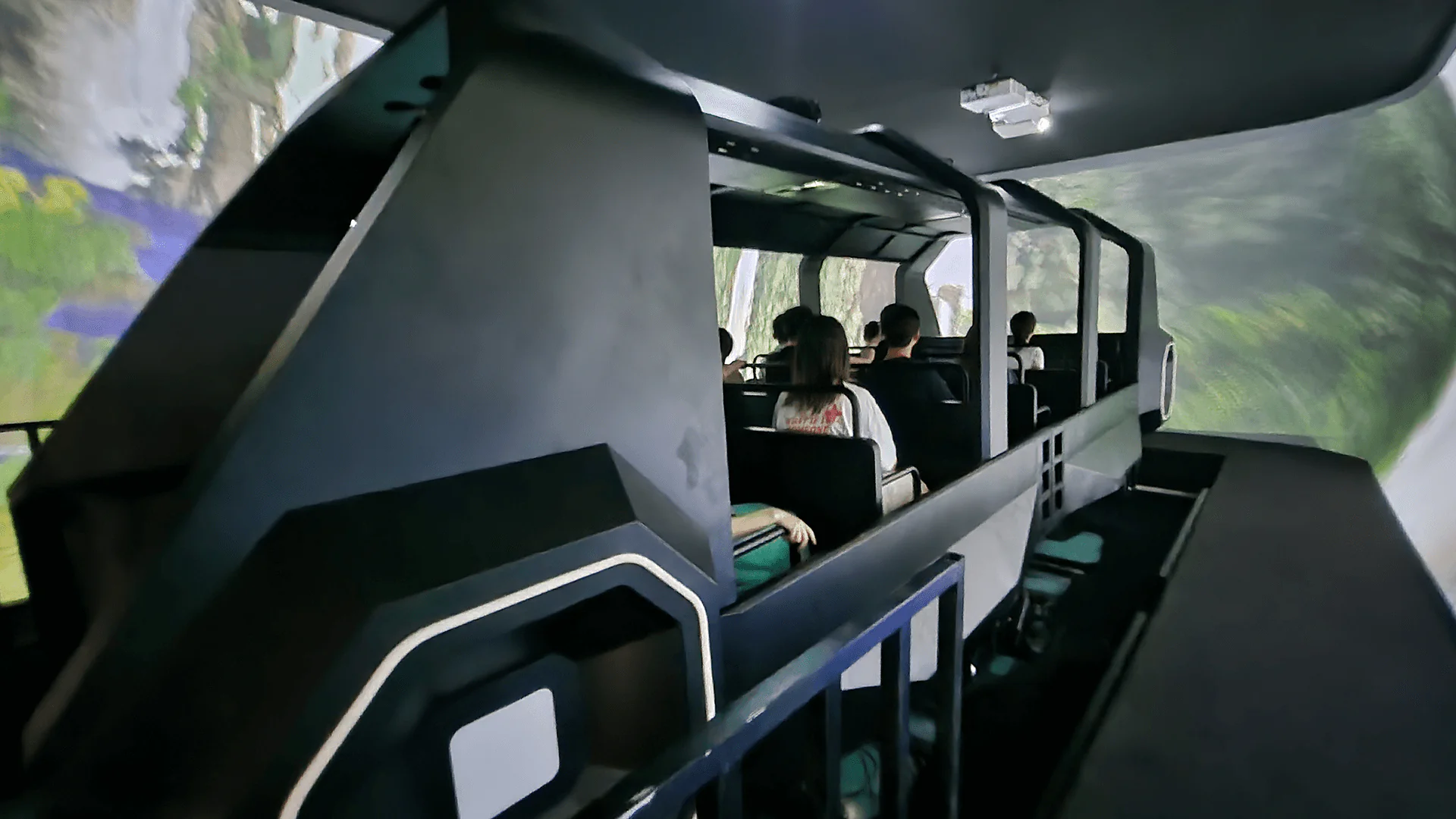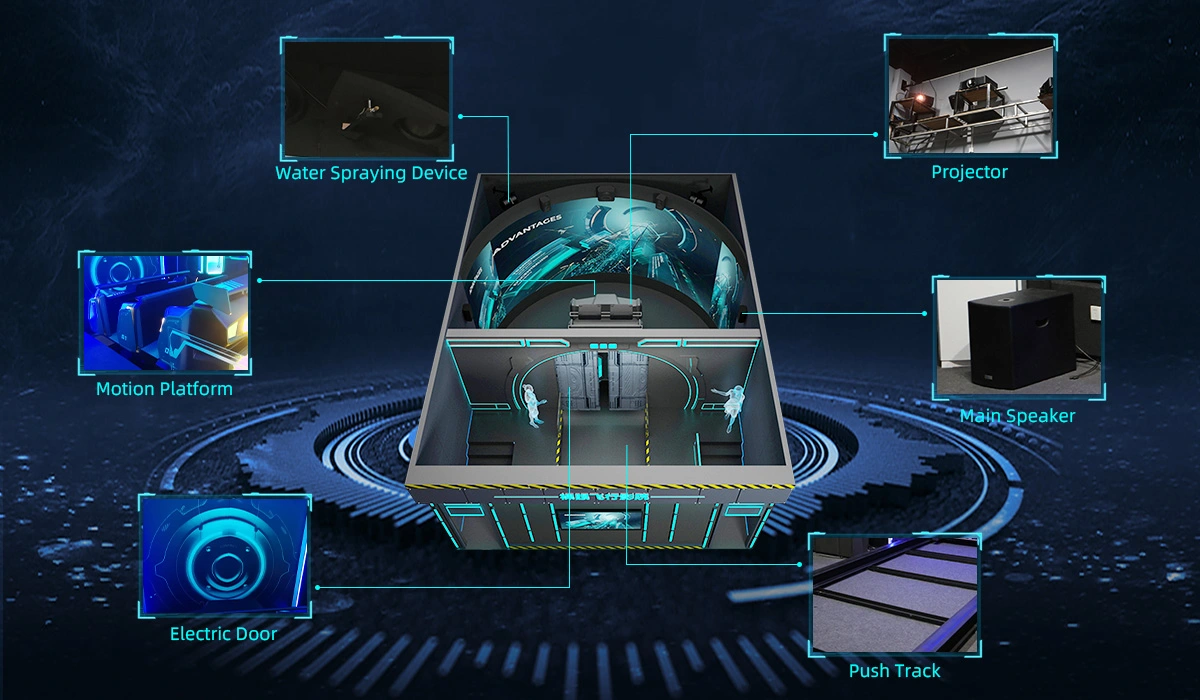Why 7D Cinema is a Game-Changer?
The evolution of cinema has always been driven by one goal — immersion. From silent films to 3D blockbusters, and now to 7D cinema, each leap in technology has aimed to pull audiences deeper into the story.
Unlike traditional 3D or 4D theaters, 7D cinemas combine motion, effects, and interactivity into one seamless experience. The result? Viewers don’t just watch a film — they feel it, move with it, and even participate in it.
This article takes you behind the curtain to explore how 7D cinema works, from 6DOF motion seats and environmental effects systems to real-time control technology that synchronizes every sound, movement, and scene.
The Foundation of 7D Cinema Technology
A 7D theater is not just an upgraded movie room — it’s an engineered ecosystem of technology that blends cinema, simulation, and gaming. Every sensation you feel during a 7D movie is produced by a combination of mechanical precision, digital synchronization, and artistic design.
The three core systems that make this possible are:
-
Motion platform systems (for physical movement)
-
Environmental effects systems (for sensory realism)
-
Central control and synchronization systems (for coordination)
Let’s look at how these components work together to turn a screen into a living world.
Motion Platform Systems — The Heartbeat of the Experience
6DOF Motion Seats Explained
At the center of every 7D setup are the 6DOF motion seats, short for Six Degrees of Freedom. These seats are mounted on motion platforms that move in six independent directions:
-
Pitch – tilting forward or backward
-
Roll – leaning side to side
-
Heave – moving up and down
-
Yaw – rotating left or right
-
Surge – pushing forward or pulling backward
-
Sway – sliding horizontally
This dynamic range of motion allows the system to reproduce the physical sensation of almost any movement — from flying in the air to racing through a tunnel.
In VART’s motion platform cinemas, advanced servo motors and motion algorithms ensure the seats move smoothly, without delay or excessive vibration. That precision is critical for comfort and realism.
How Motion Seats Sync with Movie Scenes?
When a scene is encoded, engineers create a motion timeline that defines how the seats should behave at each second. If the film shows a roller coaster drop, the seats rapidly pitch downward and shake slightly to simulate the fall. During a chase, they roll side-to-side, matching every twist of the road.
This synchronization is managed by real-time control software, which translates digital signals from the movie file into mechanical instructions for each motion actuator. The result is a perfect match between what audiences see and what they physically feel.
Environmental Effects — The World Around the Viewer
While motion engages your body, environmental effects systems engage your senses. These effects are what make 7D theaters so thrilling — they create the illusion that the audience is actually inside the movie.
Common Effects in 7D Theaters
-
Wind Machines: Air jets placed behind or under the seats mimic gusts or explosions.
-
Rain and Mist Systems: Fine sprays of water simulate rain, waterfalls, or ocean spray.
-
Fog and Smoke: Controlled bursts of fog create atmosphere and depth.
-
Snow Effects: Lightweight foam particles fall gently, turning the theater into a snowy landscape.
-
Lightning and Strobe Lights: Quick flashes sync with thunder or explosions for added drama.
-
Scent Generators: Emit subtle smells that match the scene — forest, sea, fire, or even gunpowder.
Each of these effects is digitally timed and synchronized with the movie. For example, when a spaceship takes off, you’ll feel a rush of wind, a burst of vibration, and a low rumble through the seat — all perfectly matched to the sound.
Central Control and Synchronization Systems
The coordination between motion, effects, and visuals is handled by a central control system, which acts as the brain of the 7D cinema.
How the Central System Works?
-
Encoding Phase: Every 7D movie is programmed with a “motion and effect track.”
-
Playback Control: The main console sends signals to motion platforms and effects devices.
-
Real-Time Adjustment: Operators can fine-tune timing, intensity, or seat behavior for specific audiences or scenes.
-
Error Monitoring: Sensors track system performance to prevent desynchronization.
This synchronization technology ensures that a lightning flash, thunder sound, and motion shake occur at the exact same millisecond.
Automation and Remote Control
VART’s advanced systems also support automated motion programming and remote operation, allowing theaters to run efficiently with minimal manual input — ideal for arcades and theme parks that operate continuously.

Audio-Visual Integration — Beyond the Screen
The sound and visuals of 7D movies are enhanced through professional-grade projection systems and surround-sound technology. But what truly sets 7D apart is how these audiovisual elements are integrated with motion and effects.
When the camera angle shifts, the motion seats respond instantly. When thunder rolls, vibration modules kick in. This synchronization transforms the film from a passive narrative into a full-body experience.
Every motion or effect is pre-coded to specific time stamps in the movie’s soundtrack, ensuring that visual cues, audio effects, and seat actions all align perfectly.
Why 7D Cinema Feels So Real?
The magic of 7D cinema lies in how it tricks the brain into believing what the body feels.
-
Visual Depth (3D projection) creates spatial awareness.
-
Physical motion (6DOF) activates the inner ear’s balance system.
-
Tactile effects (wind, vibration, water) trigger real sensory feedback.
-
Audio cues enhance realism by matching direction and intensity.
This combination stimulates both the sensory and emotional parts of the brain, causing audiences to react as if the experience were real — screaming, laughing, or leaning instinctively during action scenes.
Business Benefits of 7D Cinema
For operators, 7D theaters offer a compelling mix of technology and profitability.
-
Compact Installations: Fit easily into malls, arcades, or entertainment centers.
-
High Turnover: Short film cycles (5–10 minutes) mean high throughput.
-
Strong ROI: Repeat visitors and group play sessions increase revenue.
-
Versatile Content: Action, horror, fantasy, and racing themes appeal to all age groups.
-
Low Maintenance: Modern systems are energy-efficient and built for 24/7 operation.
VART’s motion platform cinema solutions have been installed in over 90 countries, offering turnkey setup, training, and after-sales support.
From Motion to Emotion — The Human Connection
The true purpose of 7D cinema isn’t just movement — it’s emotion.
By combining mechanical precision with human psychology, these theaters tap into the audience’s natural reactions.
When the floor vibrates, people brace themselves.
When wind blows, they lean forward.
When the seat lifts, they gasp in surprise.
That’s the power of immersion — the perfect balance between technology and storytelling.
Summary & Link to ROI Guide
A 7D cinema blends engineering, art, and interactivity to deliver one of the most advanced forms of entertainment in the world today.
-
The 6DOF motion platform reproduces realistic physical movement.
-
The environmental effects system stimulates the senses.
-
The control software ensures seamless synchronization.
Together, they create the immersive magic that makes 7D theaters unforgettable for audiences and profitable for operators. For a deeper look at costs and profit potential, check out our related guide: 7D Cinema Price, Cost and ROI Calculation (This article is connected to our previous post: What Are the Differences Between 5D and 7D Cinemas?)
FAQ: How 7D Cinema Works
Q1: What does 7D cinema mean?
It’s a type of motion platform cinema that combines 3D visuals, 6DOF seats, and real-world effects to make movies feel alive.
Q2: How do 6DOF motion seats function?
They move in six directions — pitch, roll, heave, yaw, surge, and sway — to simulate the real motion of vehicles, waves, or air movement.
Q3: What kinds of effects are used in 7D theaters?
Wind, rain, snow, fog, vibration, scent, and lighting are commonly used, all synchronized to the movie’s action.
Q4: How is everything synchronized in a 7D cinema?
Through central control software that sends timing signals to motion seats and effect devices, ensuring everything happens in perfect unison.
Q5: Can small venues operate a 7D theater?
Yes. Compact 7D setups from VART VR Simulator are ideal for malls, entertainment centers, and tourist attractions.
Post time: Oct-13-2025


